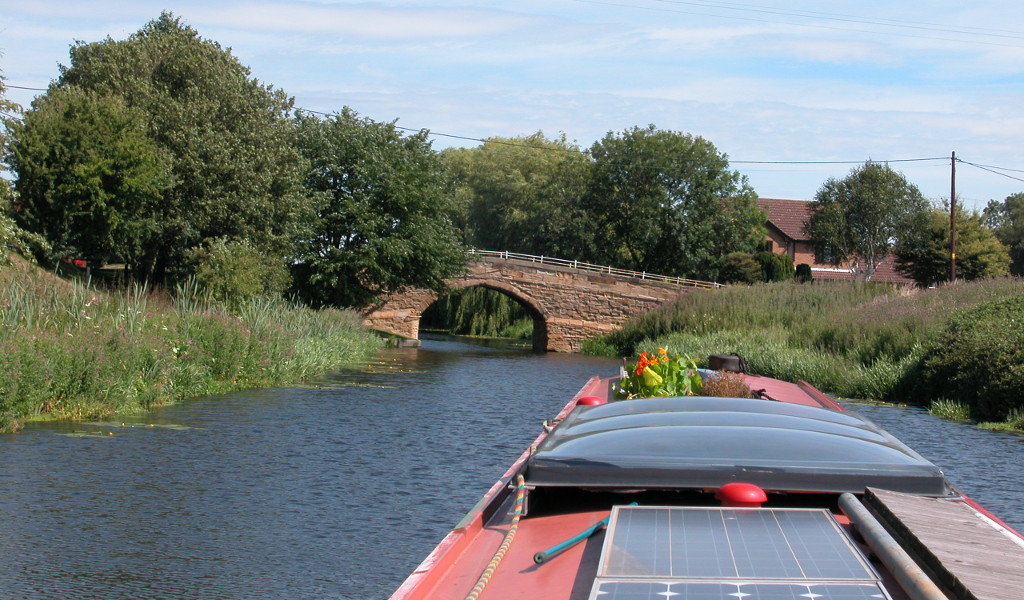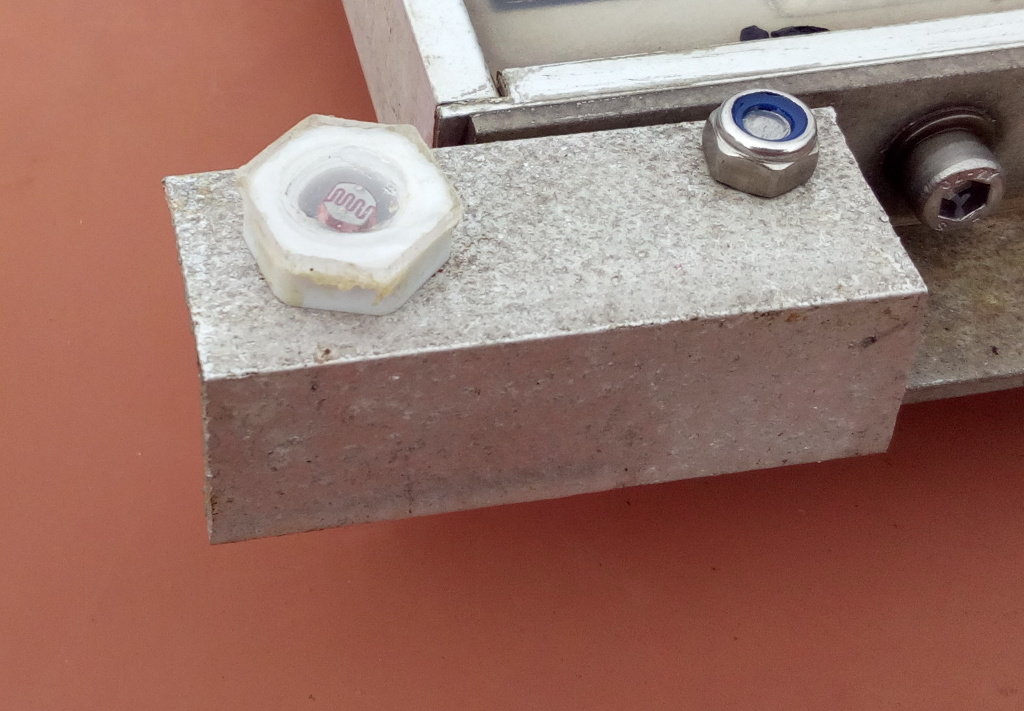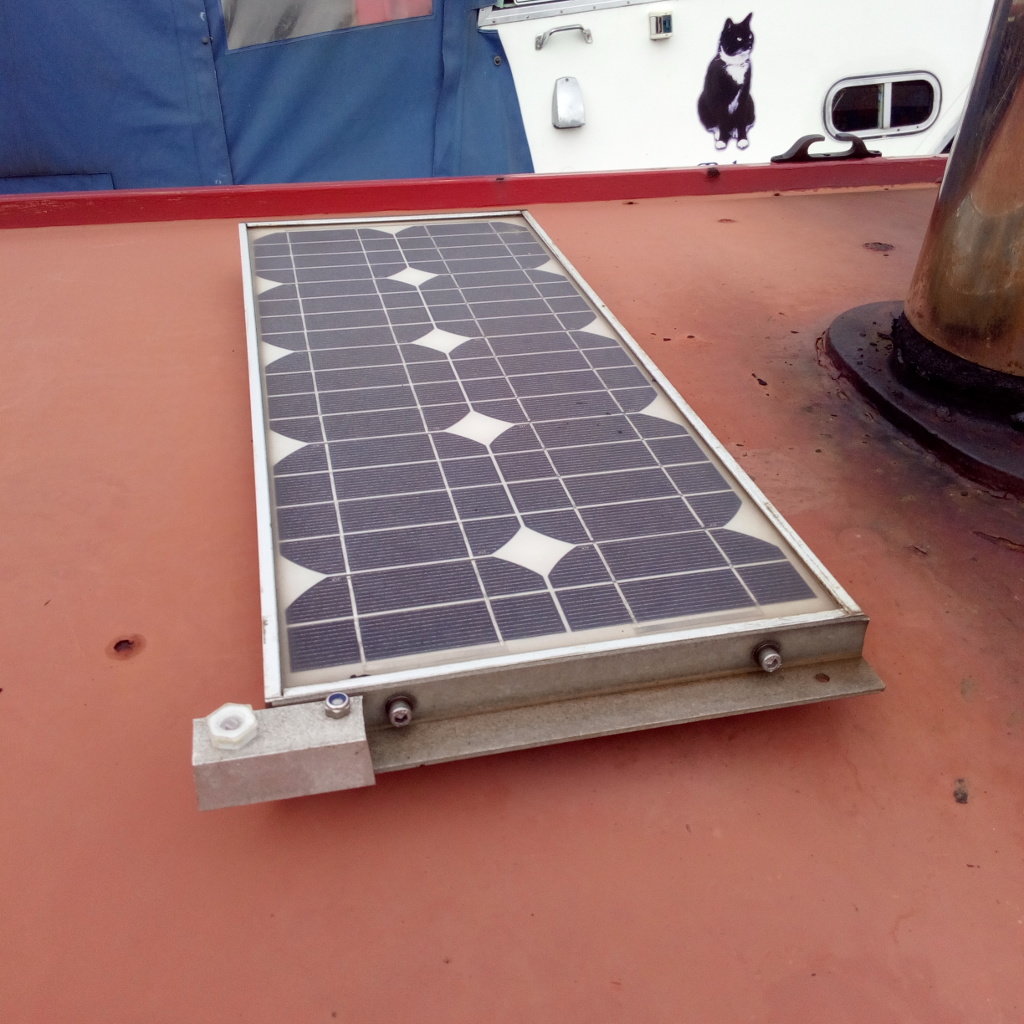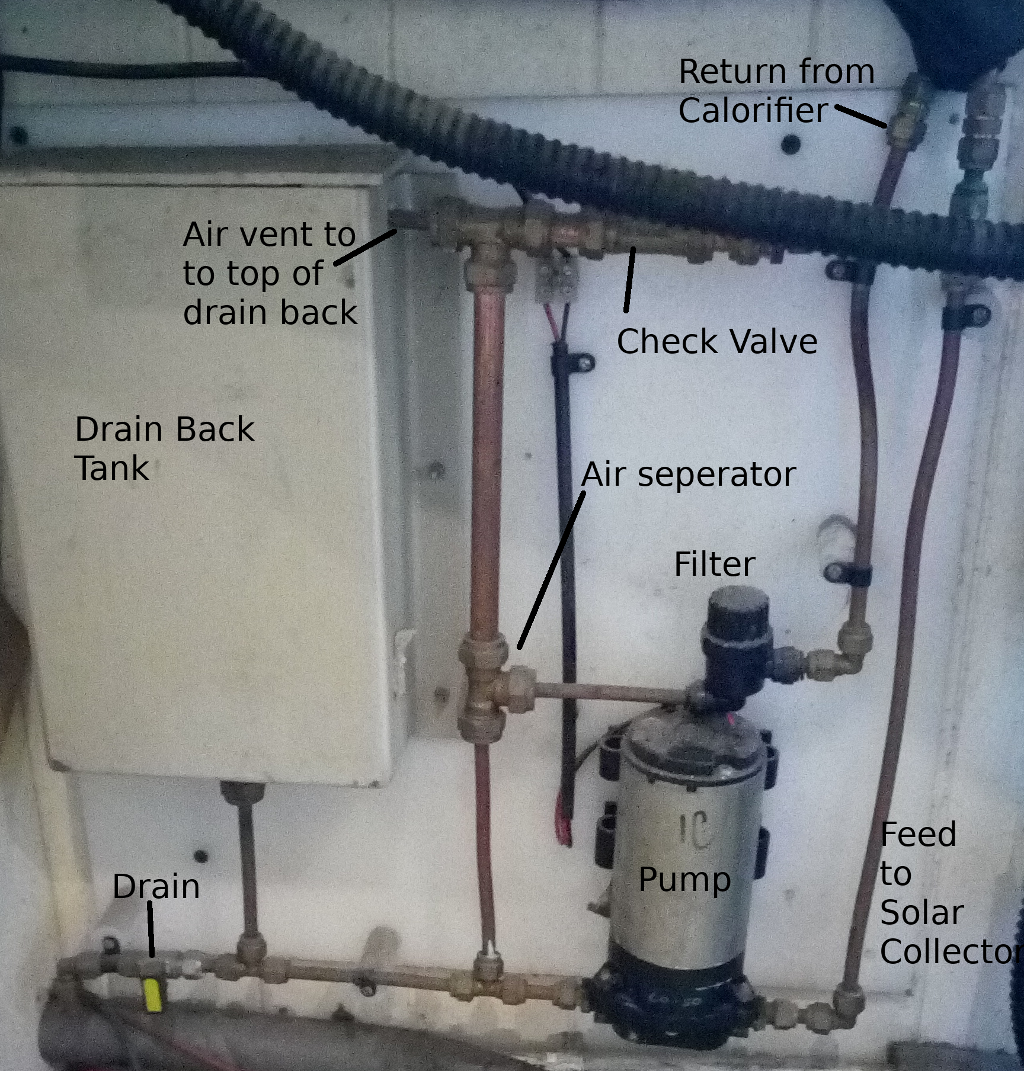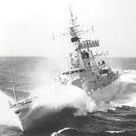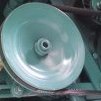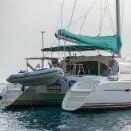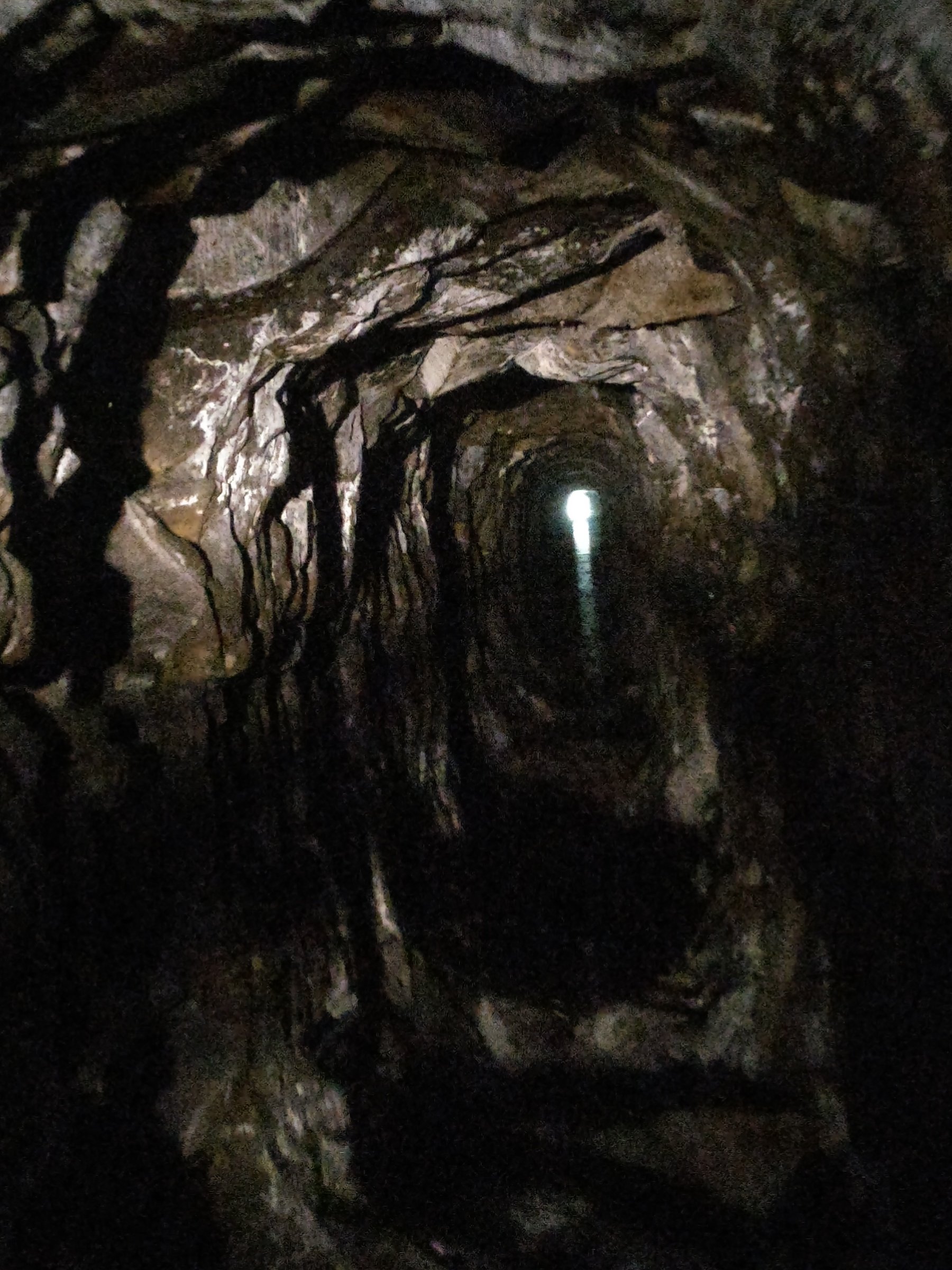Leaderboard
Popular Content
Showing content with the highest reputation on 17/10/18 in all areas
-
I'd advise against swimming with sharks -- unless you have a bloody great harpoon gun.3 points
-
Obviously apart from the bit about Elm, it's rubbish wood, waste of time, so best give it to me to deal with3 points
-
3 points
-
I was moored towards the bottom of the Atherstone flight on the night of one of last summer's World Cup matches. Just before the match started, the boater behind knocked on my boat and asked if I minded him running his engine during the match and beyond 8:00pm as his batteries were too knackered to support his TV for a couple of hours. I agreed and the second the match was over he turned his engine off, just as he said he would. That I thought, was an excellent example of consideration and something we could do with more of on the cut.3 points
-
Sorry folks, I am going to bore on again about hot ash storage inside and CO. Several people in this thread have said that they have stored hot ash inside the cabin, or under a cratch cover and not had the CO monitor go off. I used to do this when I first had the boat, until one day it did trip the alarm. All it takes is one glowing ember in the ash. The incomplete combustion from being surrounded by ash is going to produce lots of CO. Possibly riddling the grate shortly before emptying the pan increases the risk. Since CO can kill you and everyone else aboard very easily, why take the chance for a couple seconds extra work moving it outside to cool? And no running with scissors either, or you'll have someones eye out. Aunty Jenny signing off.3 points
-
I've mentioned the solar hot water system on my boat a couple of times over my years on CWDF. After posting about the new control electronics, several people have asked if I could describe the system in detail as it may help others wanting to install something similar. This thread will hopefully contain all the details, divided in to a number of posts based around the various sub-systems. Any questions, or anything which is unclear, then please ask. My boat was fitted out eleven years ago, with the intention of it being a full time liveaboard vessel, able to cruise in the Summer, but with a shore line available for the Winter. To that end, I wanted easy and reliable hot water available all year round. Heating was to be by solid fuel stove, so a back boiler in the Squirrel was used to supply one coil of a twin coil calorifer. For the summer it seemed sensible to give solar thermal water heating a try. The boat has solar photovoltaics to top up the batteries on summer days when not cruising, so engine running isn't required every day in summer when not on a shore line. The usual practice of having a calorifier coil connected to the engine and running it each day for hot water could be avoided by using the nearby day star for water heating. Jen A couple of pictures below of the roughly 8' x 4' solar collector on the roof, along with the more usual photovoltaic (PV) solar panels.2 points
-
This post cannot be displayed because it is in a forum which requires at least 10 posts to view.
-
we're in the process of setting something similar up for next summer in our house, although using central heating radiators painted matt black embedded in foam and covered with perspex (all stuff we have kicking around) the biggest thing we have found is the need to heat the water in the immersion to above 60 degrees regularly to reduce the chances of legionnaires our solution was a small program on an arduino that monitors time and temperature of the water and if it reaches 3 PM and the water hasn't gone over 60 deg in the last 48 hours it will switch on the immersion heater until the temp reaches 65 deg the reason 3 pm was chosen as the time was to allow for weaker sun to heat the water as much as possible before falling back to electric, if it hasn't got it up to temp by 3 pm it isn't likely to do it with the remaining sunlight that day2 points
-
Performance Season finale. In general, I get a tank of hot water on most days during the summer, from May till September. There are a couple of weeks in Spring and Autumn where it isn't hot enough for solar water, but not cold enough to light the stove which are annoying. The only problematic days in Summer are those that are overcast with heavy rain, which are just not bright enough for the pump to run. An overcast summer is usually enough to get the water at least hot enough for a bath, or shower when you come home, 30 to 35C, but will have cooled down by the morning. Warmer days will get it up to 60C, which with the thermostatic mixing valve on the calorifier gives more hot water than you can use and still be over 40C by the morning. You have to plan your usage, particularly for laundry using a twin tub, or other hot fill machine, around the weather. I've not found this to be a chore. The temperature gauge on the control panel is very useful to help decide how you are going to use the hot water. This system has worked well right from the start, but has needed quiet a bit of replacement and upgrading over the years to get round the failings in the Aton design. Jen Next season I'll go in to the design of the new control electronics.2 points
-
Control Electronics Book Four of the Trilogy. The control system is almost as simple as it could get. A single light dependent resistor is mounted on the roof. As the sunshine gets stronger the resistance decreases. At a preset level the controller switches on the pump. There are delays in there so that passing clouds don't have the pump cycling on and off. A thermistor needs to be on the calorifier to measure the temperature and disable the pump if the calorifier gets too hot and risks boiling. I fitted this by cutting a slit in the insulation and poking the thermistor to the bottom to sit against the copper cylinder, near the top. A second thermistor is used to work a calorifier temperature gauge on the control panel. There is also an hours run meter that counts when the pump is on. More sophisticated control is possible, measuring temperatures at the calorifier and panel, but this method has worked very well. After ten years use I found the controller on threshold had drifted and the pump wasn't being switched on when useful heat could still be extracted. A new panel and control electronics, with combined cauliflower temperature indicators was built. This will be detailed in another post. Jen Photos below of the 20W solar panel that powers the circulation pump and a close up of the light dependent resistor. This is mounted in a small cable gland, with a transparent polycarbonate window araldited on top to weatherproof it.2 points
-
Plumbing and Pumping Another thrilling episode. Buy the series on DVD! Pipework too and from the collector is 8mm OD copper, as used for domestic microbore central heating systems and readily available, with compression fittings, from plumbers merchants. Flow goes from the pump, through the collector, back down to the calorifier, through the 15mm cauliflower coil, then back to the pump. There is insulation on most of the pipe runs to prevent heat loss before it can reach the calorifier. I used black 40mm PVC waste water drain pipe over the insulation where it is outside the boat to protect the foam from sun UV damage. The pipework is taken through the roof with through bulkhead fittings. The pump is a low power 24V one. The Aton system is powered by a single 20W solar panel that originally ran both the pump and control electronics. This produces around 19V open circuit, so the 24V pump is under-run. The solar thermal electrics and PV panel, as I installed it, is independent of the boats 12V electrics and solar PV panels. These days, the control electronics is run from the boat 12V supply via a step down module to 5V, but the pump is still on the 19V unregulated 20W panel, switched via a relay. A similar system could be built with a 12V pump, worked off the boats normal domestic supply. The pump is very quiet. I have tried a smaller cheap ebay 12V pump that gave similar flow rates as an experiment, but it was very noisy and its life expectancy is unknown. It is kept as a spare, in case the 24V one fails. Frost protection was provided by a check valve. When the pump switches off, the weight of water going up to the roof opens the check valve, allowing air in to the pipework. The water then drains back by gravity to the header tank. The small bore piping allows this to happen as it works as a capilliary tube. When the pump starts again, the pressure closes the check valve and the coolant circulates back up through the collector. This has not been reliable. At first it worked well, but after a while both the original and a replacement check valve wouldn't open reliably. Possibly this would work better on a house installation with a greater head to a roof collector provides more suction to help open the check valve. Without a reliable drain back valve the system needs antifreeze to protect the external pipework and collector. I used propylene glycol antifreeze as this isn't poisonous, unlike ethylene glycol. One winter I had allowed the antifreeze concentration to fall too low and did get frost damage to the collector that had to be fixed. The pump, drain back valve, header tank and filter were originally contained in a drain back unit supplied by Aton. This used plastic pneumatic pipe and fittings inside. After a number of years these fittings started to leak. Possibly the antifreeze degraded the o-ring seals. I therefore built a new unit, replicating the design, using the existing pump and filter, but with metal pipework and fittings and a drain back tank made from a Midland Swindlers header tank. See the picture below. I've labelled it, so it acts as a plumbing diagram too. Jen2 points
-
This post cannot be displayed because it is in a forum which requires at least 10 posts to view.
-
Solar Collector Part Deux of the solar hot water epic tale. At the time I installed my solar thermal set-up, there were several commercial systems available for domestic buildings. They divided in to two basic designs of collector, evacuated tube and flat plate. I looked at both types when selecting the one to use. The data sheets for the evacuated tube collectors gave dire warnings of destruction if the circulating pump ever stopped while the sunshine was strong. They are also more susceptible to breakage from vandals and rather ugly looking. Both problems on a low canal roof, compared with a two storey building. They were therefore discounted and some form of flat plate collector decided on. The pump system and piping also varied considerably between different manufacturers systems. Most were based on domestic central heating practice, using 15mm pipe and big central heating pumps. The pumps are 240V and consume lots of power. Not a good combination for a boat. A couple of systems used low power, low voltage pumps, combined with small bore piping to the collector. Their argument was that a low flow rate allowed a higher temperature rise at the collector and good heat transfer from the coil to the water in the calorifier. One system used soft plastic piping for the collector and transfer pipe and was designed to directly heat domestic water circulated back and from the tank. This was claimed to be frost proof as the soft pipe could expand when frozen. I discounted this system as I was concerned by the long term life expectancy of the pipe. The system I eventually selected was by Aton, a Dutch company. It no longer seems to be available, but their old UK distributor has kept their web site going for the benefit of former customers, so the information is still currently around. This used a copper flat plate collector with 8mm OD copper pipe soldered to it. Under the collector is extruded foam insulation and the transparent cover is a resilient plastic moulding. The collector is about 8' by 4' in size. It was designed to fit on to roof rafters, so needs a support frame. Originally I used a couple of pieces of 2"x4" wood, painted and bolted to the roof via rubber mounts. When the softwood reached the end of its life after around seven years, I replaced it with aluminium U channel. The collector is very light and has withstood the occasional vandals stone over the years in the networks less salubrious locations. It was easy to dismantle and store inside the cabin when preparing the boat for Standedge Tunnel. The panel is mounted horizontally. It is meant to be mounted on a pitched south facing roof, but to supply a typical house hot water tank, so I reckoned that flat mounting would suit a smaller boat calorifier (60 litres). Flat mounting means the hardware is simpler, you don't have to worry about lowering it for cruising, or proof it against wind loads in a storm. If I were building my own collector from scratch I would use aluminium sheet and tie copper tube to it with wire at regular intervals (see numerous on-line guides and Youtube videos), or use copper sheet and solder the tube as the Aton panel is. Copper sheet is much more expensive than aluminium and harder to find for sale, but it has much better thermal conductivity, so the pipes can be spaced further apart. There is also reduced risk of electrolytic corrosion as you could get with aluminium sheet to copper pipe contact. The Aton panel has a single 8mm OD copper pipe soldered to the copper sheet that winds back and forth across the width of the sheet in a serpentine pattern. The pitch between each pass of the pipe is around 5". I would use 50mm thick Celotex/Kingspan extruded foam insulation underneath, as per the Aton panel. I would probably use PVC sheet for the sides that can be easily solvent welded together and a transparent polycarbonate panel for the top to give good light transmission, appearance, life span and vandal resistance. Jen2 points
-
This post cannot be displayed because it is in a forum which requires at least 10 posts to view.
-
2 points
-
This post cannot be displayed because it is in a forum which requires at least 10 posts to view.
-
Yeah musnt let the cat out of the bag by posting on an open forum on the World Wide Web ?2 points
-
This post cannot be displayed because it is in a forum which requires at least 10 posts to view.
-
2 points
-
I think , if we obey the eu, it will be illegal to sell anything other than white diesel to put in a non commercial boat.1 point
-
"HMRC is now examining the judgment and will announce how and when the UK will adjust its practices in due course". Presumably the announcement will be after 1/4/19 and the answer will be "swivel".1 point
-
This post cannot be displayed because it is in a forum which requires at least 10 posts to view.
-
This post cannot be displayed because it is in a forum which requires at least 10 posts to view.
-
This post cannot be displayed because it is in a forum which requires at least 10 posts to view.
-
This post cannot be displayed because it is in a forum which requires at least 10 posts to view.
-
This post cannot be displayed because it is in a forum which requires at least 10 posts to view.
-
This post cannot be displayed because it is in a forum which requires at least 10 posts to view.
-
This post cannot be displayed because it is in a forum which requires at least 10 posts to view.
-
1 point
-
This post cannot be displayed because it is in a forum which requires at least 10 posts to view.
-
1 point
-
1 point
-
1 point
-
This post cannot be displayed because it is in a forum which requires at least 10 posts to view.
-
It is becoming very difficult to plan ahead due to 'infrastructure problems'. There were 14 canals closed at one time this Summer due to various things from Broken lock gates to major breaches, to water shortages, with several still closed now. Many of the 'rings' (in the Northern half of the country) have been totally closed off for much of the year. The breach at Middlewich happened in March and is still not repaired. I would suggest that wherever you plan to start from, identify 2 or 3 alternative routes, and even look at alternative 'start sites/companies' and hope you can get your deposits refunded from any 'affected' company.1 point
-
Yuk Yuk's is a national comedy club chain in Canada.Soon to be funnier after today.1 point
-
1 point
-
This post cannot be displayed because it is in a forum which requires at least 10 posts to view.
-
As in... are you buying a canalside property? Or in dispute with CRT over CCing? Or wanting to sue a boatyard for a poor hire boat holiday? Or something else?1 point
-
This post cannot be displayed because it is in a forum which requires at least 10 posts to view.
-
This post cannot be displayed because it is in a forum which requires at least 10 posts to view.
-
1 point
-
Dogs blog have got a litter of 6 month old cockapoos that require rehoming due to not being sold Our friends have a cockapoo and he is a lovely dog and loves being on the boat. Yes Syd is a bit of a hooligan. He loves it!1 point
-
1 point
-
I was working on needing about half the number of charging points to electric cars. I think private car ownership will reduce slightly, as autonomous cars will be "hired" when we need cars, so each vehicle will be used more. Isn't that what BMW and others have done. Put a small genny in the car and call it a "range extender". The real breakthrough for electric vehicles (and boats) will be when much higher energy density batteries become cost effective, but I see no sign of that happening yet. For example aluminium air batteries have a theroretical energy density of 8000 watts per kg, compared to lithium ions 265 watts per kg.1 point
-
1 point
-
Simple. Go buy a disposable £10000 boat. Take to London, fail to give a toss about people's reaction to your activities. when your over reminiscing about how it was , put a badly written advert on eBay, and pass the problem on. in our garage we have hundreds of photos from 1980 to 1987 of London as it was, little Venice new year gatherings, the trips from the shovel into battlebridge and the rest. One day when we get that house back I'll get them out and reproduce them. i won't go back that way ever. I prefer my memories.1 point
-
This post cannot be displayed because it is in a forum which requires at least 10 posts to view.
-
1 point
-
This was explained to a boater who asked why his boat had mysteriously spun round on two occasions that day above County Lock, when heavily in flood And I thought that it had been understood - until he asked which end of his boat was the upstream end.1 point
This leaderboard is set to London/GMT+01:00









